There’s much to think and say about this volume as I begin to wade through it for a class this fall. However, it’s far too much to begin that work of writing it down to a size that would be interesting or useful, even for a forum like this. Instead, I thought for now I’d pull out some of the more interesting statements about madness made by Foucault — the text is chock full of them.
Actually, I realize it may be necessary to at least define some terms and offer a very brief sketch of the book’s thesis before offering these. The book is not so much a “history of madness” as it is a history, or as Foucault might say an archeology, of how people have thought about madness over the years. How were the mad perceived, and how has that changed from the Middle Ages up to now? At what point did madness transform from something strange, almost mystical in nature, to an ordinary illness that might be treatable? What was the evolution of that perception? From the introduction: “As a history, the thesis of the book is that whether madness is described as a religious or philosophical phenomenon (an experience of inspiration, a loss of mind, etc.), or as an objective medical essence (as in all the classifications of types of madness that have been developed by psychiatry), these conceptions are not discoveries but historical constructions of meaning.”
Some key concepts:
The Classical Age: Foucault makes a distinction between how the mad were treated during the Middle Ages, the Renaissance, and what he calls “the classical age,” which roughly covers a period beginning in the 17th century and continuing through the 18th.
Unreason: Not to be confused with madness, unreason is simply anything that doesn’t jibe with reason. Important because according to Foucault’s thesis, unreason had an important place in Ren. thought (philosophers like Erasmus, artists like Brueghel and Dürer, etc.), yet in the classical age it became more and more suspect. Eventually, “unreasonable behavior” of any sort became an excuse to subject someone to confinement.
Confinement: Or what Foucault sometimes refers to as “The Great Confinement,” began with the opening of large hospitals like the Hôpital Général in Paris in 1656. Foucault argues that originally these had nothing to do with medical treatment and everything to do with locking up anyone society wanted to exclude.
Extracts from the History of Madness:
-
In the midst of the serene world of mental illness, modern man no longer communicates with the madman…
What then is madness, in its most general but most concrete form, for anyone who immediately challenges any hold that knowledge might have upon it? In all probability, nothing other than the absence of an oeuvre.
A history not of psychiatry, but of madness itself, in all its vivacity, before it is captured by knowledge. We need to strain our ears, and bend down towards this murmuring of the world, and try to perceive so many images that have never been poetry, so many fantasies that have never attained the colors of day.
But in the early Renaissance, the process of signification underwent a reversal. The beasts were let loose, and they made their escape from the world of legend or moral instruction and took on a fantastical life of their own. In an astonishing reversal, it was mankind that began to feel itself the object of the animals’ gaze, as they took control and showed him his own truth.
So what, precisely, is the knowledge that madness brings? Most probably, as it is forbidden knowledge, it predicts both the reign of Satan and the end of the world, ultimate happiness and supreme punishment, omnipotence on earth and the descent into hell.
The classical age invented confinement in the way that the Middle Ages had invented the segregation of lepers…
From the classical age, and for the first time, madness was seen through an ethical condemnation of idleness in the social immanence now grounded on a community of work.
Through this gesture, something inside man was placed outside of himself, and pushed over the edge of our horizon. It is the gesture of confinement, in short, which created alienation.
By inventing the space of confinement in the imaginary geometry of its morality, the classical age found a homeland and a place of redemption for sins of the flesh and faults committed against reason.
Family and its requirements became one of the essential criteria of reason, and it was above all in its name that confinement was demanded and obtained.
The most common grounds for confinement were debauchery, prodigality, inadmissible liaisons and shameful marriages… The habitual practices of confinement also reveal a further grouping: those who fell foul of the various categories of profanation.
The movement of confinement displaced unreason, removing it from a landscape where it had been everywhere present, and firmly localized it. Freed from dialectical ambiguities, it is now circumscribed in its concrete presence, within the distance necessary for it to become an object of perception.
At the base of so many of these obscure alienations that cloud our perception of madness there must at least be that: the recognition that when society one day decided that the mad were ‘alienated,’ it was in society that unreason first alienated itself, and it was in society that unreason exiled and silenced itself.
Is it not important for our culture that unreason could only become an object of knowledge after it had been subjected to a process of social excommunication?
We moderns are beginning to understand that beneath the surface of madness, crime, neurosis and social inadequacy lurks something resembling a common experience of anguish. Perhaps, for the classical world, in the economy of evil there also lurked a common experience of unreason.




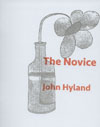


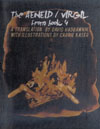
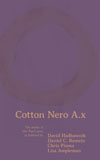
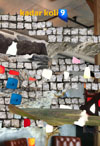
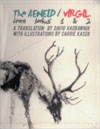

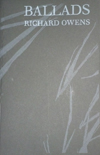


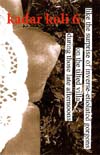
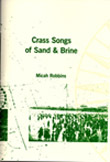

There is so interesting for me! Thanks!